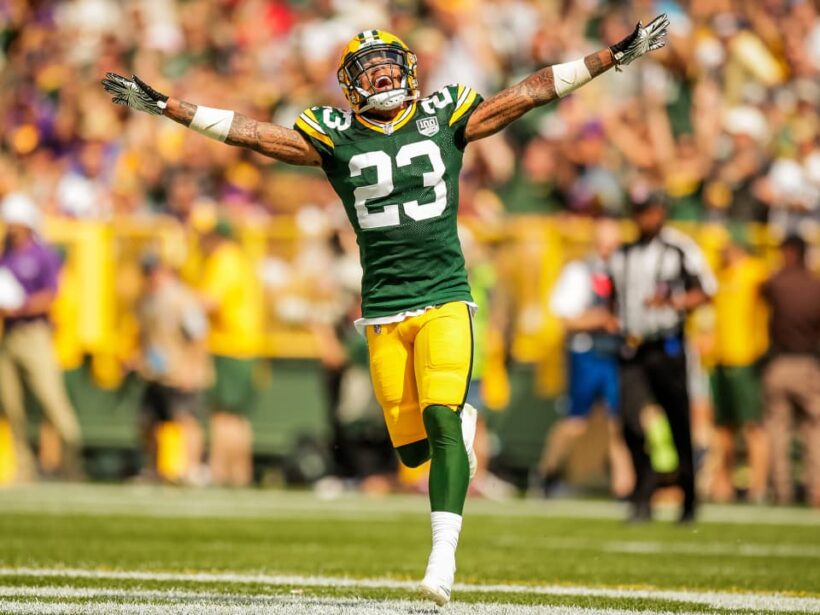The endless calls to fire Joe Barry have subsided and the Green Bay Packers have brought on a new defensive coordinator. For the first time since 2008, the Packers defense may take the field in the form of a 4-3 scheme thanks to new defensive coordinator Jeff Hafley. For the purposes of this thought experiment, let’s assume he brings in the 4-3 scheme.
Hafley has been touted as having essentially the exact opposite coaching style as Joe Barry. Barry was a quiet and conserved coach while Hafley brings along the promise of being fiery and passionate.
Barry also ran a defensive scheme that was often ridiculed for being too conservative as it often consisted of “safe” zone based play calling that gave opposing offenses too much room up front in the interest of defending against deep shots down the field. Hafley on the other hand seems to have a more aggressive defensive ideology that many believe will match up better with the skillsets of most of Green Bay’s current defensive players.
Building a Defense Overnight
The question is; can a new scheme be implemented in an effective way in only one offseason? Should we expect this Packers defense to be better than it was last year? Probably in certain metrics such as turnovers, but will they perhaps be more prone to giving up big plays through the air?
This is where personnel comes into play. There is an emphasis, as I’m sure you’ve heard, on the single high safety look in Hafley’s scheme and others like it. At the moment the safety position might be the least promising group on Green Bay’s defense, and we still don’t even know if Darnell Savage or Jonathan Owens will return to the team next year, as they are both currently free agents.
Whether or not Hafley, General Manager Brian Gutekunst, and the rest of the front office believe they can even rekindle the potential of those players in a new scheme is yet to be seen, but we can be sure that there is some sort of plan in place for the safety position in Green Bay. Even if the Packers keep one or both of their free agent safeties, they will likely need to spring for another player at the position through the draft or free agency.
What Else Can we Expect From a 4-3?
The importance of the safety position cannot be overstated in this new scheme. Having someone that you trust to cover the back end will be important when the focus shifts to attacking more aggressively up front.
As for the rest of the defense, the scheme affects some positions more than others. Outside linebackers will now be “defensive ends” on the depth chart, but their role will remain the same; rush the passer and set the edge in the run game.
Corners will likely have to get used to playing at least a little bit more man defense and playing closer to the line of scrimmage, which can be challenging against the shifty route runners of the world.
Arguably the biggest benefit of a 4-3 defense is the ability to generate a consistent pass rush without so much emphasis on blitzing. There is potential for other issues to begin arising, as both style of defense have their respective strengths and weaknesses.
Outlook
Ultimately there is somewhat of a beautiful simplicity to a 4-3 defense, and in all likelihood it won’t take much for everyone to get familiar with the scheme. Richard Sherman once even praised Jeff Hafley for his ability to explain defensive concepts in precise and understandable terms.
The future is bright in Green Bay, for the offense, and most likely for the defense, too.

